1966 Ford Mustang Coupe, RestoMod 347 Stroker, Paxton Novi Supercharger, 5 Speed
- Price:
- Location: Birmingham, Alabama, United States
- Condition: Used
- Make: Ford
- Model: Mustang
- Type: Coupe
- Year: 1966
- Mileage: 1,000
- VIN: 6R07C181205
- Color: Orange
- Engine size: 347 Supercharged Stroker
- Number of cylinders: 8
- Transmission: Manual
- Drive type: RWD
- Interior color: Black
- Vehicle Title: Clear
1966 Ford Mustang Description
More pictures coming soon along with a video...A few notes up front:
1) I have been the sender and receiver of cars using national shipping services. I will work with you on making that happen.
2) There are numerous national inspection services available. For a few hundred bucks, you can have an unbiased inspection done by a professional that is used to dealing with vintage cars. I highly recommend this for any car that you are serious about buying. While it would be expensive to do over and over again, it is a good idea for the car that you finally decide on. I will also work with you on making that happen if you choose to go that route.
3) I'd be glad to get on a Skype of Facetime (live video) call with you and show you the car live. That would really be the best way to see it.
4) Ebay and the vintage car world in general are loaded with scams. Buying a car you've never seen in person, paying for it, then relying on a seller to keep his word can be a frightening experience. I will do whatever needs to be done, including the inspector to help facilitate things, to make this as painless as possible. I've done it myself, I know how it goes.
Brief Description:
1966 Ford Mustang Coupe, 347 Stroker Motor, Paxton Novi Supercharger, 5 Speed Tremec, Manual Steering and Brakes.
The Short Story:
I bought this car 2 and a half years ago from a guy that had done three 66 Mustang restorations (this being the third). He finished this one around 2004 and by 2014 he had decided his advancing age dictated that he sell. His initial objective with this one was to create more a a drag strip car than anything else. He did a great job on the drive train and put countless dollars into that. He also did a fantastic job with the interior and the body. What was clearly lacking when I bought it was: 1) the restoration had aged 10 years and was in need of a refresh in the engine compartment, 2) the car was not street legal as most of the functions (signals, horns, lights, etc) were not working, and 3) many of the creature comforts and basic functions (windows, door locks, hazards, stereo, cigarette lighter, etc) were not working. My project was to bring all of that back. As far as major mechanical work done under my ownership (explained below): New clutch, waterpump, and rear end (differential).
Major Equipment and Features:
ENGINE:
Approximately 425 - 450hp. The 347 Stroker without supercharging should produce about 350hp. We can't say for sure what the The supercharger adds, but its probably safe to assume 75 or more.
The previous owner/builder did a great job with this and spent a whole lot of money here. The beauty of it is the Paxton Novi Supercharger, which is pretty much identical to what Shelby used in his supercharged Mustangs in the 60s. If you've never had a supercharged car, it's actually a simpler thing than you might think. It's a belt driven forced induction system. Inside the big metal box sits a regular old carbuerateor. The big difference is in the ignition timing...
TREperformance 347 short block, .030 over 302 roller block (TRE uses Fox Mustang 302 blocks. The 302 is, of course, a bored 289. It becomes a 347 by lengthening the stroke, and thus the "Stroker" name. See TRE web site for more info. They are top notch stuff).
Crank: TREperformance cast steel 3.4”
Rods: TREperformance 5140 forged I beam 5.315” with ARP bolts.
Bearings: Clevite P rod/main
Pistons: Probe dish top 9:01:1
Rings: Speed Pro high performance ductile iron
3/8” steel main girdle with ARP studs.
Romac SFI high performance steel balancer.
Melling high volume oil pump.
There are maybe a couple thousand miles on this engine. Maybe. The previous owner trailered it to shows and didn't drive it much otherwise. I drive it to shows, but they're all within 25 miles of my house.
HEADS:
D&D Motorsports Hawk Power 210 Aluminum Racing Head
2.055 Intake
1.60 Exhaust
Solid Copper Head gasket w/ARP Head Studs
CAM:
Trickflow Stage 2 track heat
Duration @ .050” 224/232
Valve lift with 1.6 rocker .542/.563
Lobe separation 112
Edelbrock timing gear and chain
Ford Racing hydraulic lifters and push rods.
Scorpion 1.6 rollers
FUEL:
Russel/Edelbrock Electric Fuel System
Mighty Demon 650
Paxton Novi with 7.5 lbs boost
Edelbrock Victor Junior Intake
COOLING:
Aluminum radiator (new Northern)
Thermostatically controlled Electric fans for both water and engine oil (both new)
FLYWHEEL & CLUTCH:
SPEC Stage 1, 10.5 inch (I put this is in to get get a little more street friendly feel vs. the heavy one that was in there when I bought it).
Hydraulic Linkage
EXHAUST:
Doug Thorley Tri-Y’s, Glasspacs
TRANSMISSION:
Tremec 5 speed w/ world class gears with Hurst shifter. The gear ratios are: 1: 3.35, 2: 1.93, 3: 1.29, 4: 1.00, 5: 0.68 (overdrive). More on this later.
REAR END:
Ford 9” 3.50. (The car came with a 4.11, but that was actually a poor match to the 5 speed and was only usable in a racing application since the Tremec's first gear is 3.35. In other words, the 4.11 combined with the 3.35 first gear makes for a 13.8 "Launch Ratio", which is not particularly street friendly, nor is it necessary with this much power under the hood. The 3.50 rear now gives it a 11.7 Launch Ratio which is more in line with most high performance production cars.
IGNITION:
MSD 6-BTM Box with selectable RPM limiter module, MSD 8579 Billet Distributor (This setup is designed for use with a Supercharger and has a cockpit control dial for altering the timing. This may be foreign to most drivers, but I will explain it in full to the buyer.)
SUSPENSION:
Total Control Products (Monte Carlo/export brace/strut rods)
Grab-A-Trac springs, anti-sways and steering components
KYB Shocks
BRAKES:
Front disc, Rear 11.5" Drum. Front/Rear balance control in engine compartment
INSTRUMENTATION:
6 gauge cluster (Speedometer, Tachometer, Oil Pressure, Water Temperature, Fuel Level and Voltage)
2 gauge pillar (Oil Temperature and Boost/Vacuum)
MSD Shift light with selectable RPM module
INTERIOR:
Rattle Trap XXXTreme Sound deadening material installed by me from the Front Seats all the way to the thru to the back of the car (thru the trunk, see pix). Older sound deadening exists from the last build from the Front seats to the firewall. The rear seats are original. The front seats, I believe, are original with a 1 inch padding added. The car was born as an automatic so the center console is aftermarket. There is a four speaker stereo/cd with new speakers all around (I installed).
BODY:
I have numerous pictures of the car from its original condition thru the restoration process. The body appears to have been in very solid shape when the process started, so it appears to be all original sheet metal with very little exception. The main exception is the hood, which is an aftermarket fiberglass unit. The paint is in good shape. There are no major dings and very few minor ones if any. I have shown the car and won awards. This is not top end, super expensive paint job, but it is fine for a car that is shown and occasionally driven.DONE DURING MY TENURE:
As mentioned before, this car was not ready for street driving when I got it. My first project was to install all of the sound deadening material. After that, it was to get every single non-working function in the cabin working as should. That included: All window gears and regulators were either replaced or rebuilt to make the windows fully functional, door locks and handles, turn signals, horns (at the steering wheel and under the hood) were added, new wooden steering wheel, cigarette lighter, hazards, all interior lights, parking brake, backup lights, parking brake and more. Basically, every single thing that is supposed to work, now works as intended.
Under the hood: the restoration/modification that the previous owner did was pretty good. Mechanically it was excellent. Visually, some of it was a little tired (convoluted tubing, for instance) and some of it just needed to be better looking and cleaned up. So now it has nice clean black wire wraps, chrome braid, ignition wire separators, chrome clutch reservoir, etc. I also installed a new thermostatically controlled cooling fan (so it doesn't come on the second you turn the key), added a thermostatically controlled oil cooling fan and replaced the in-tank fuel sensor. Previously mentioned: New Clutch, Water Pump, Rear End.
WHAT STILL NEEDS ATTENTION:
No vintage car is perfect. If you talk to a seller that claims his to be, he's lying. There is always something else to do or something that could be better. There isn't much that needs attention on this car and it is perfectly driveable as it sits, but here are a few thoughts of mine. If you pay an inspector, they may not see some of these things, but here they are:
1) The hood is aftermarket and fiberglass. Fiberglass is light weight and that's great, but they don't quite fit as well as real metal OEM ones. This one, with its "Stinger" or "Mach 1" kind of look, fits the personality (bright color, lots of horsepower) of this car just fine, but I just want to point out that it is not original or Ford spec.
2) No vintage car is leak-proof when it comes to engine fluids. This one is pretty darn good about that, but I still don't have it perfect. There is a tiny amount of engine oil making its way out at, I believe, the driver's side valve cover. It's a matter of getting the right torque on those covers. There is no issue with the gaskets (copper). It's just some trial and error still needed. So a tiny amount of oil will eventually drip from the bell housing. It is really very little, but it does exist.
3) All the gauges work, but the fuel gauge is not matched (mathematically) to the in-tank fuel sensor. In short, This gauge expects a linear signal, and 66 Mustang sending units send an exponential signal. It reads the direction of fuel movement (downward, of course) but not exactly at the correct pace (the gauge indicates that fuel is being consumed faster than it really is). There is a capacitor in the chain that helps smooth that out, but its not perfect. There will soon be (or may already be) a matching gauge that accounts for this. That would be an easy swap, but that gauge wasn't available when I was doing the work behind the dash.
4) The left and right turn signals do not blink at quite the same pace. There has been quite a bit of work done on the wiring (I paid a professional for that), and there is nothing wrong with that. The issue is likely that there is some thinner wiring (and thus different resistance levels) on one side than the other. It could be tracked down. It's hard to notice, though.
5) Not that I would ever recommend leaving a vintage car out in the rain, but once in a while you're going to get rained on. There was some leakage coming thru the lower passenger windshield and into the cabin. I think we have that under control, but tough to tell until the car gets doused and I try hard to avoid that happening. Also, the window seals are pretty good, but if you blast a hose at the passenger window, water will get into the cabin. My solution is to not blast a hose at the windows. Mustangs are known for having leaks thru the cowls, but best I can tell, there are none here.
I am moving to an island where you cannot legally have a garage at ground level nor can you insure anything that isn't 12 feet above sea level. That aside, the salt air eats things alive down there. So unfortunately this hobby will come to an end for a while.
Shoot me an e-mail and I will be glad to get on the phone or on a video chat with you. I can also do a Dropbox to you that will let me dump all the pictures I have where you can get to them.
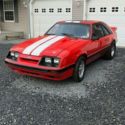 1986 Ford Mustang GT Dart 363/ Paxton Novi 2000 Street/ Strip
1986 Ford Mustang GT Dart 363/ Paxton Novi 2000 Street/ Strip
Mileage: 162000
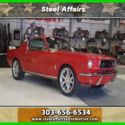 1965 Ford Mustang with Paxton Supercharger
1965 Ford Mustang with Paxton Supercharger
Mileage: 9,999,999
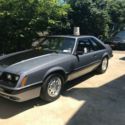 1985 FORD MUSTANG GT 5.0 with PAXTON SUPERCHARGER NO RESERVE
1985 FORD MUSTANG GT 5.0 with PAXTON SUPERCHARGER NO RESERVE
Mileage: 77800
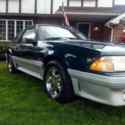 1992 Ford Mustang GT 59,261 miles/5sp- w/SN93 Paxton Supercharger
1992 Ford Mustang GT 59,261 miles/5sp- w/SN93 Paxton Supercharger
Mileage: 59261
 ford mustang convertible factory GT car PAXTON supercharger CORBEAU seats
ford mustang convertible factory GT car PAXTON supercharger CORBEAU seats
Mileage: 999,999
 1992 Ford Mustang GT -58k Orig Miles/5sp/All Stock Except Paxton Supercharger!
1992 Ford Mustang GT -58k Orig Miles/5sp/All Stock Except Paxton Supercharger!
Mileage: 59277
 Mustang 88 lx Convertible, paxton supercharger, gt options, 5.0, conv
Mustang 88 lx Convertible, paxton supercharger, gt options, 5.0, conv
Mileage: 91,495
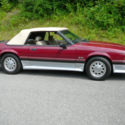 1988 Mustang lx Convertible, paxton supercharger, gt options, 5.0, conv
1988 Mustang lx Convertible, paxton supercharger, gt options, 5.0, conv
Mileage: 91,495
 1966 Ford Mustang GT 350 CLONE V8 5.0L Supercharger Manual 5-Speed Convertible E
1966 Ford Mustang GT 350 CLONE V8 5.0L Supercharger Manual 5-Speed Convertible E
Mileage: 1

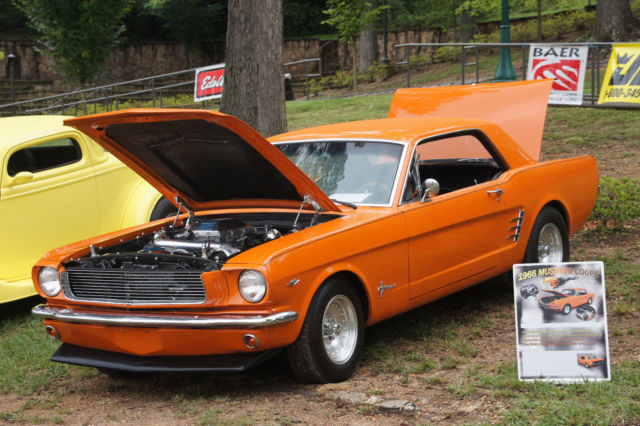
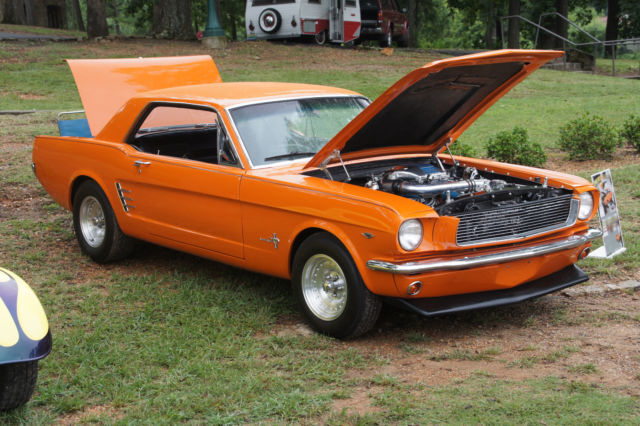
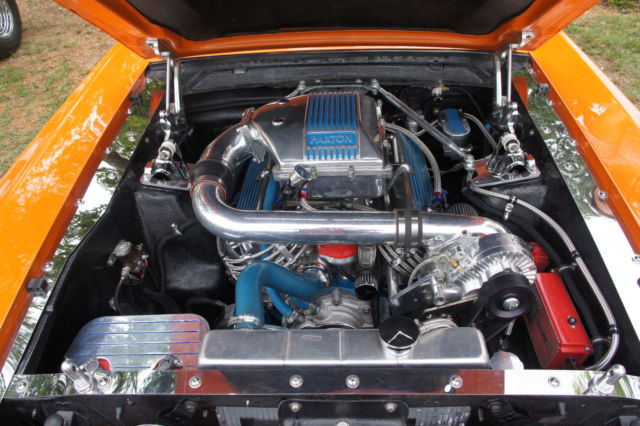
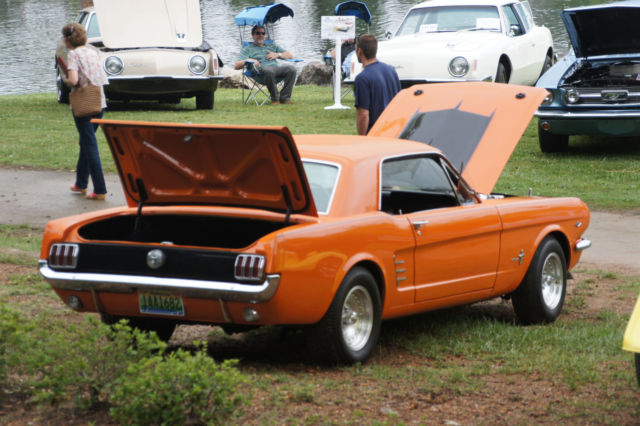
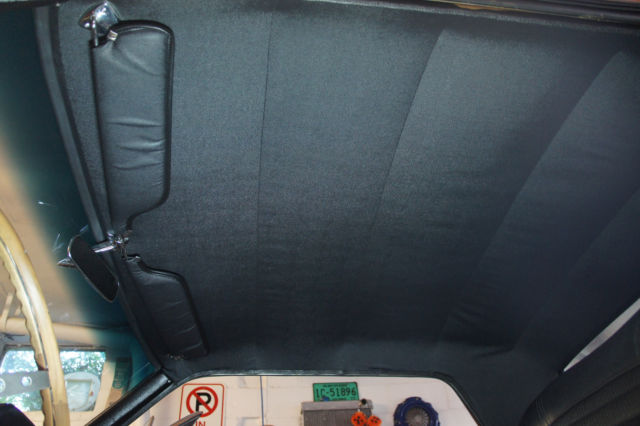
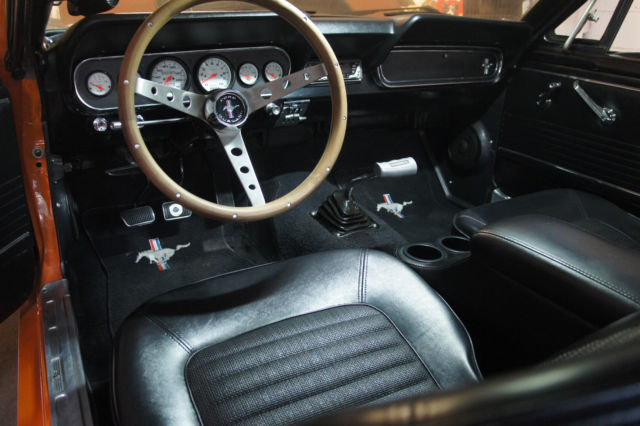
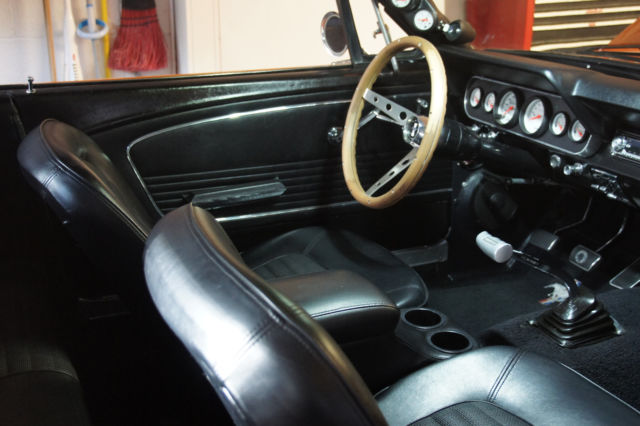

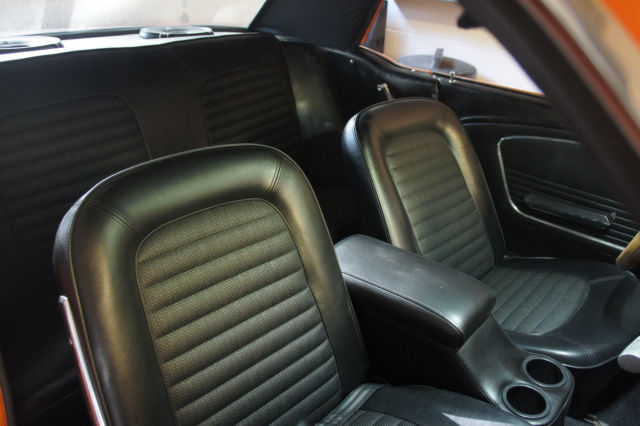
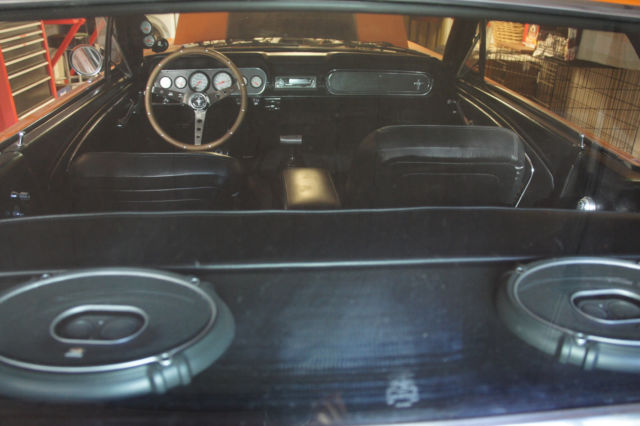


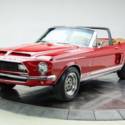 1968 Ford Shelby GT350 302 V8 4.9L Paxton Supercharger Automatic 3-Speed Conver
1968 Ford Shelby GT350 302 V8 4.9L Paxton Supercharger Automatic 3-Speed Conver